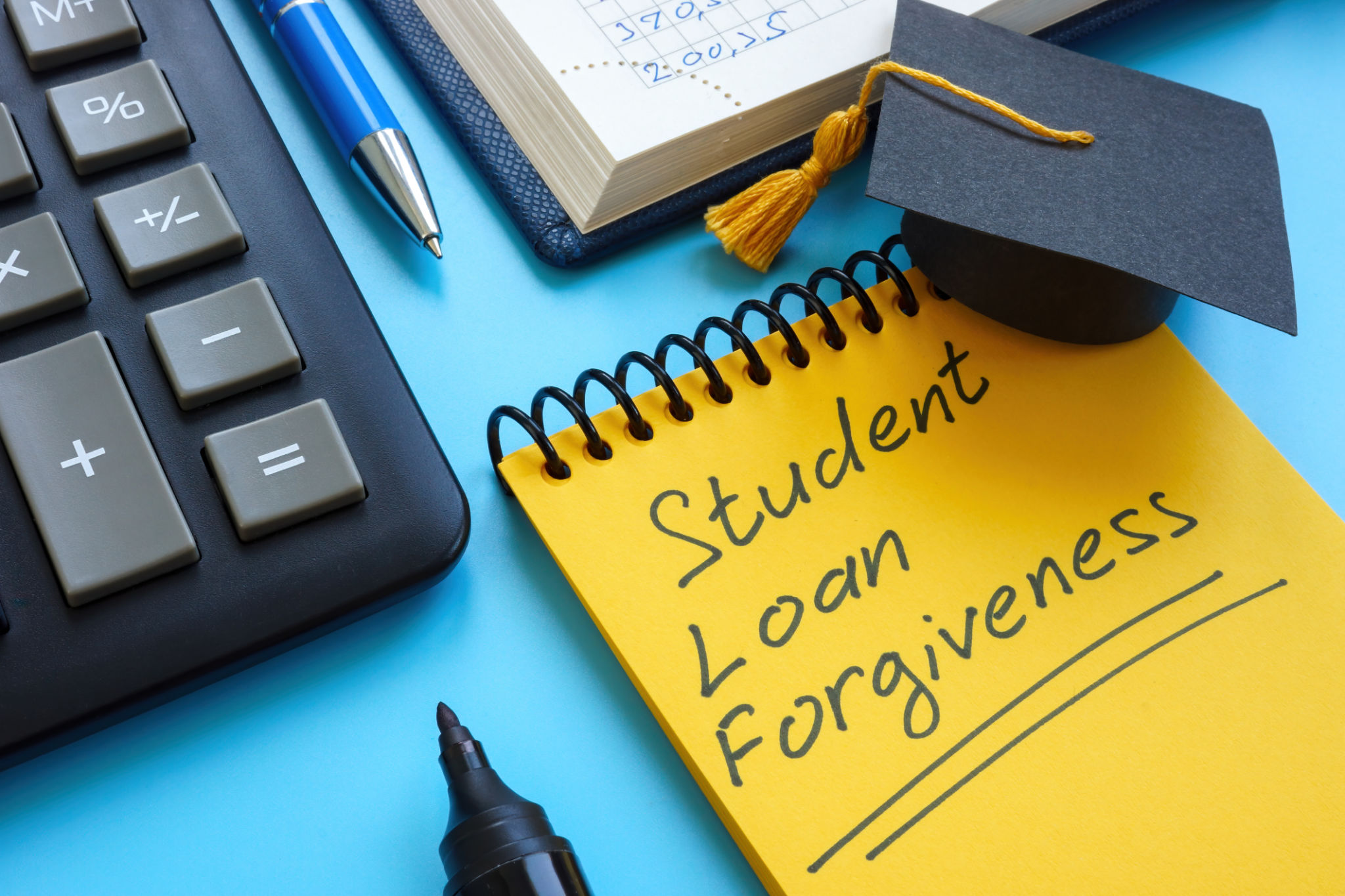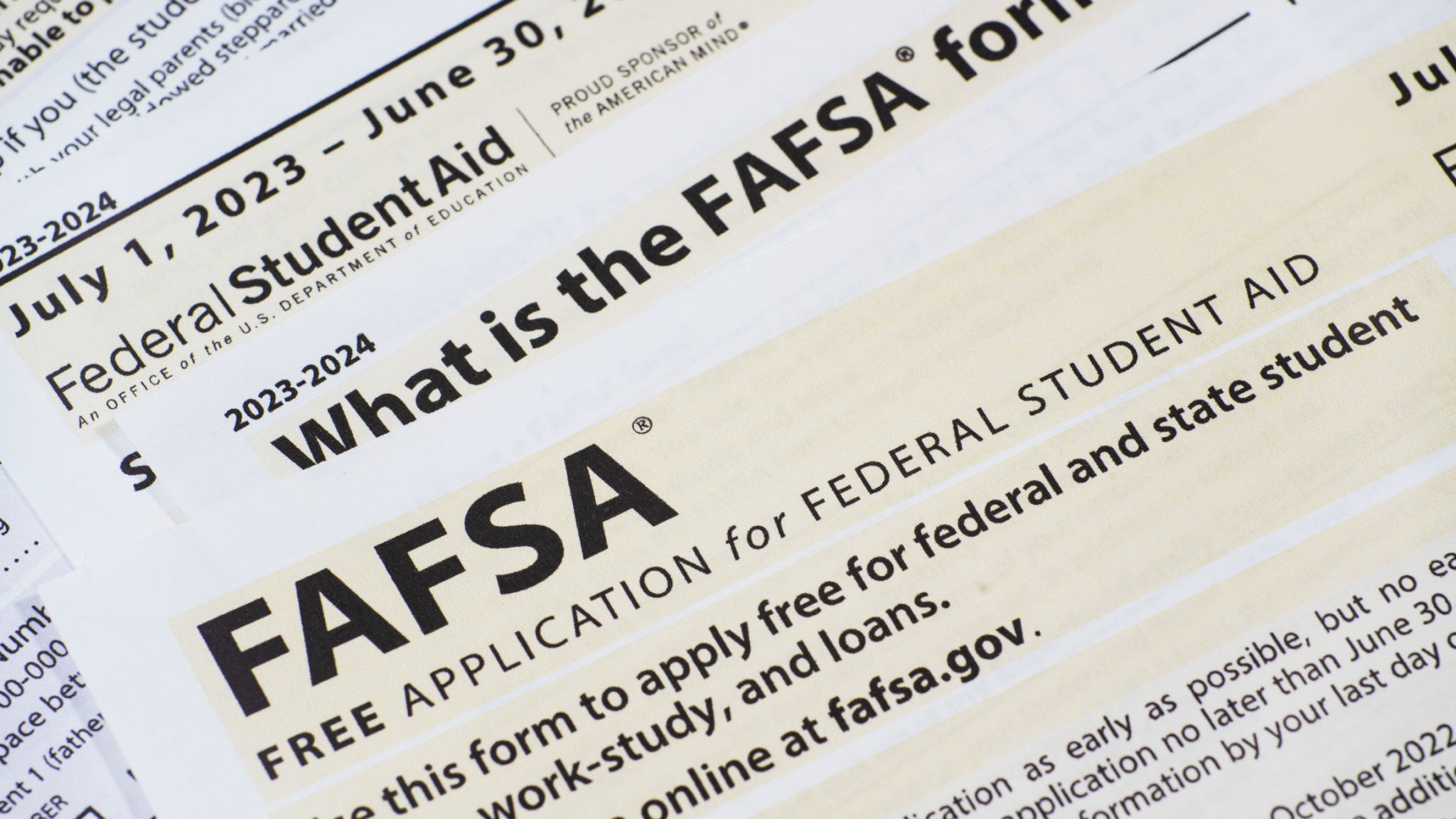Top Misconceptions About Student Loan Forgiveness Debunked
Understanding Student Loan Forgiveness
Student loan forgiveness is a topic that garners significant attention, particularly as the cost of higher education continues to rise. While many students and graduates are eager to learn more about potential relief options, there are numerous misconceptions surrounding student loan forgiveness. This confusion often stems from misinformation and a lack of clarity about how these programs operate.

Misconception 1: All Loans Are Eligible for Forgiveness
One of the most common misconceptions is that all types of student loans qualify for forgiveness. In reality, most forgiveness programs apply only to federal student loans. Private loans, which often come with less flexible repayment terms, are generally not eligible for forgiveness. It's crucial for borrowers to understand the type of loans they have and what programs they may qualify for.
Misconception 2: Forgiveness Is Automatic
Contrary to popular belief, student loan forgiveness is not an automatic process. Borrowers must apply for these programs and meet specific criteria. For example, the Public Service Loan Forgiveness (PSLF) program requires borrowers to make 120 qualifying payments while working full-time in a qualifying public service job before their remaining balance is forgiven.
Misconception 3: You Can Stop Paying Once You Apply
Another major misunderstanding is that you can halt payments once you've applied for forgiveness. This is not the case. Borrowers must continue making payments according to their repayment plan until they are officially notified of forgiveness approval. Failing to do so could result in penalties and negatively affect credit scores.

The Role of Income-Driven Repayment Plans
Many borrowers believe that enrolling in an income-driven repayment (IDR) plan automatically leads to forgiveness. While IDR plans can make payments more manageable by capping them at a percentage of your income, forgiveness under these plans usually occurs only after 20 or 25 years of qualifying payments. It's essential to understand the long-term commitment involved.
Misconception 4: Forgiveness Is Tax-Free
A critical aspect often overlooked is the tax implication of loan forgiveness. While some programs, like PSLF, offer tax-free forgiveness, others may treat the forgiven amount as taxable income. This could significantly impact your financial situation, so consulting with a tax professional is advisable when considering forgiveness options.
The Impact of Legislation on Forgiveness Programs
Changes in legislation often lead to confusion about what is possible regarding student loan forgiveness. It's important to stay informed about current policies and proposed changes that might affect your eligibility. Regularly checking official government resources can provide clarity and help you navigate the complexities of these programs.

Misconception 5: It's Always the Best Option
While student loan forgiveness can be a substantial relief for many borrowers, it's not always the best solution for everyone. Factors such as career plans, financial goals, and loan types should be considered when evaluating whether to pursue forgiveness. In some cases, refinancing or other repayment strategies might be more beneficial.
Ultimately, understanding the realities of student loan forgiveness is crucial for making informed decisions about your educational debt. By debunking these common misconceptions, borrowers can better navigate their options and develop a strategic plan for managing their loans effectively.